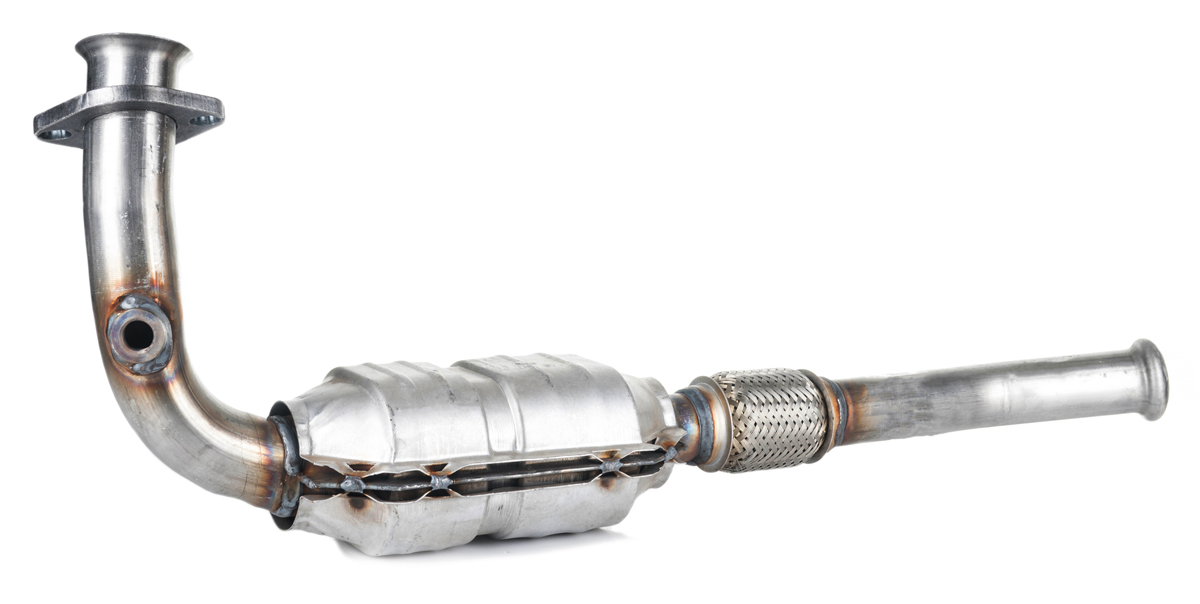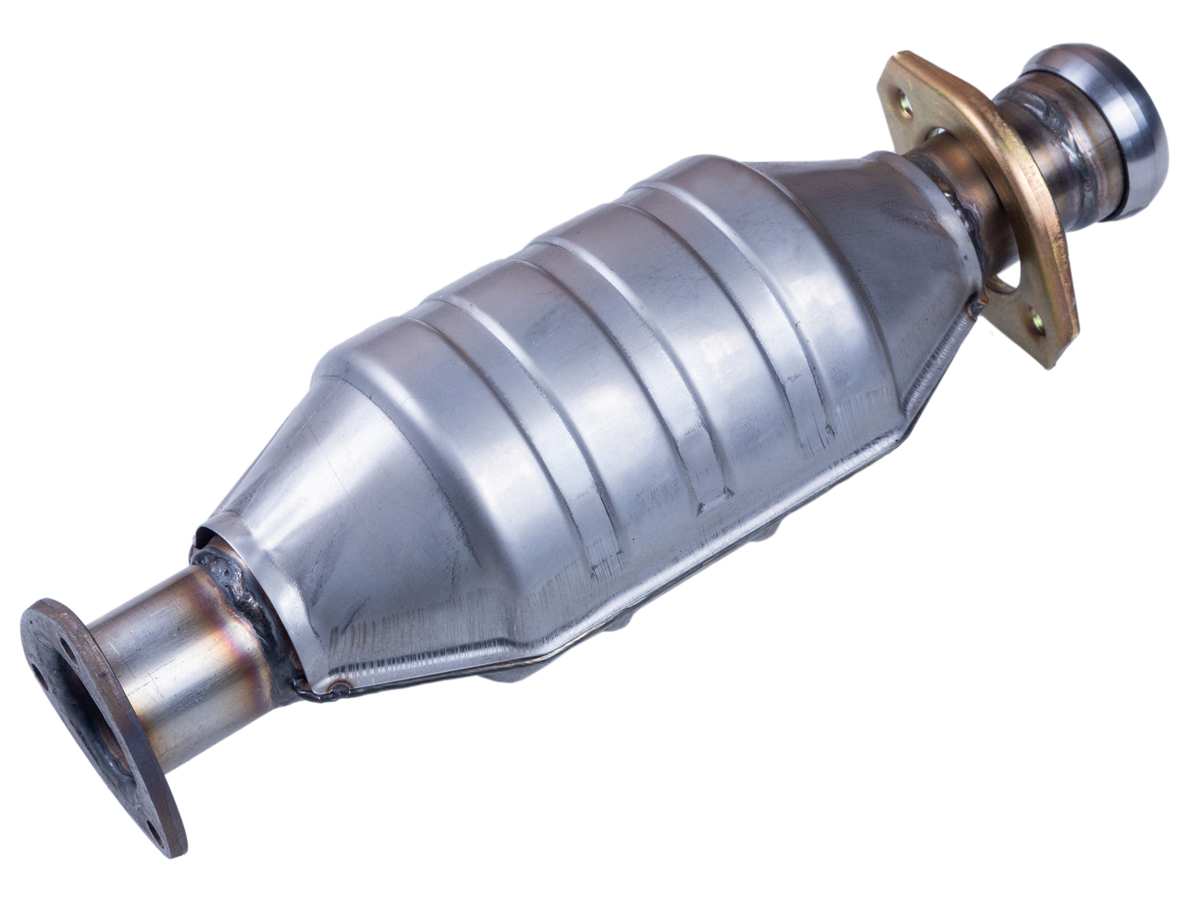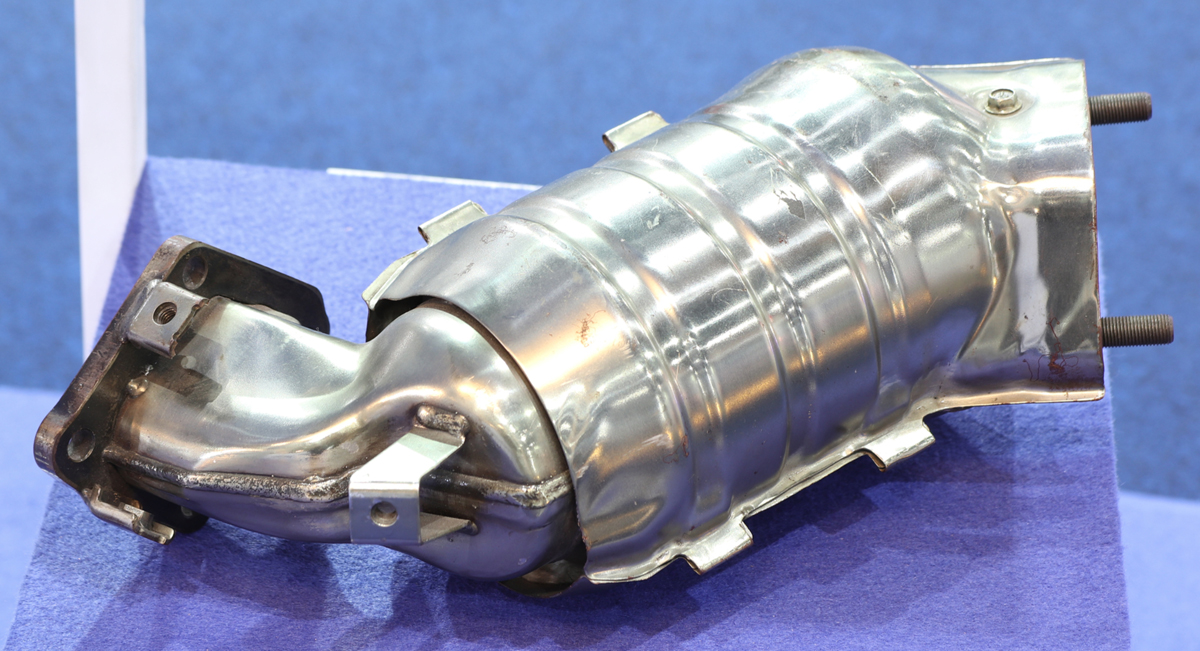By Swamini Kulkarni, Allied Market Research
The automotive industry has been witnessing enormous growth over the last couple of years. The advent of autonomous vehicles, electric vehicles, and hybrid vehicles has offered customers new options to try. However, emission standards across the globe are becoming stricter and manufacturing companies need to improve their automotive catalyst to comply with government regulations.

According to Allied Market Research, the global automotive catalyst market is estimated to reach $31.81 billion by 2025, growing at a CAGR of 4.2% from 2018 to 2025. The emission control regulations introduced by governments, rise in automotive production, and adoption of nanotechnology in catalytic converters are the prime factors that drive the market growth.
Recent market developments
The automotive catalyst controls the emission of harmful gases including hydrocarbons, carbon oxides, and nitrogen oxides into the atmosphere. The catalysts convert such harmful gases into less toxic gases.
Over the last few years, more and more countries have imposed strict regulations regarding the use of catalysts in automotive to curb the emission of harmful gases in the atmosphere. These standards refer to an increased number of three-way catalysts per vehicle and the use of precious metals in catalysts such as platinum, palladium, and rhodium. This has increased the demand and use of precious metals in the automotive industry. For this, several companies have been incorporating nanotechnology to allow them to use expensive metals as catalysts.
In 2020, BASF, a leading company in the automotive catalyst industry launched a novel tri-metal catalyst. The new catalyst was developed in collaboration with Sibanye-Stillwater and Impala Platinum.
The company incorporated novel technology that allows partial substitution of palladium with platinum without compromising emission standards set by authorities and helps in reducing the cost of catalytic converters. As per the company, the widespread adoption of this technology could help rebalancing the global platinum group metals (PGM) demand and alignment with the current market supply ratio.

According to the company, the production of palladium is slightly greater than platinum. However, the overall global demand for palladium from the automotive industry is almost three times that of platinum. This huge gap between supply and demand hampers the production of automotive catalysts. On the bright side, this technology helps customers deal with the palladium deficits and in the future, the companies will invest more in such opportunities that ensure the sustainability of the PGM industry.
Apart from this, Southwest Research Institute (SwRI) introduced a new type of automotive catalysts testing facility that includes a system that simulates real-world exhaust gas conditions to monitor catalyst performance accurately and quickly. The system uses two USGR systems that allow engineers to conduct multiple tests simultaneously, reducing the overall cost of tests.
The SwRI’s after-treatment center uses a porous ceramic core that is treated with reactive chemicals to process exhaust emissions and remove potentially harmful gases. Moreover, it helps automotive engines to meet stringent federal regulations. The system can operate under several ranges of flow rates and temperature and is capable of automated tested for up to 60 hours continuously. Moreover, the system can support 13 metered gasses that can be introduced at the same time and testing can be customized as per the client’s requirements.
Future of automotive catalysts
The rise in concerns about environments drives the growth of the automotive catalyst industry. More and more companies have been investing billions of dollars to improving catalyst converters and using precious metals effectively and at an affordable price. This is where new research gained popularity. A team of researchers has turned toward the waste automotive catalyst for platinum recovery.

The land is covered with wastes including electronics, plastic, and automotive parts that are no longer useful. However, if the platinum from the used automotive catalyst is recovered as the automotive scrapped, the negative impact on the environment can be minimized. As per research, a novel smelting-collection process can be used for recovering platinum from the waste automotive catalyst.
When the different waste automotive catalyst carriers are mixed and subjected to smelting-collection treatment, the carrier materials act as slag and platinum can be recovered at the end. The process is observed to be effective and regarded as an affordable alternative for the recovery of platinum from waste automotive catalysts.
The regulations for automotive catalysts are strict and they will become even more stringent in the future. Thus, the demand for precious metals is bound to increase in the coming years. While several new technologies and new materials show promising results for the use of automotive catalysts, their demand for palladium and platinum will remain intact. Thus, novel approaches such as the recovery of metals from waste automotive catalysts offer a lucrative opportunity that cannot be ignored.
About the author

Swamini Kulkarni holds a bachelor’s degree in Instrumentation and control engineering from Pune University and works as a content writer at Allied Market Research. She is deeply fascinated by the impact of technology on human life and loves to talk about science and mythology. When she is not glued to the computer, she loves to read, travel and daydream about her areas of interest.